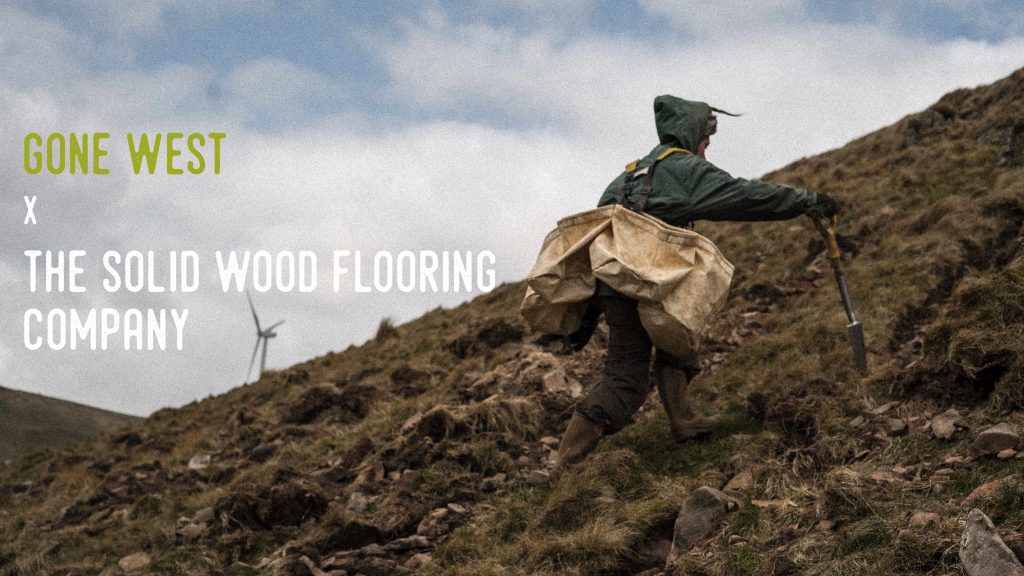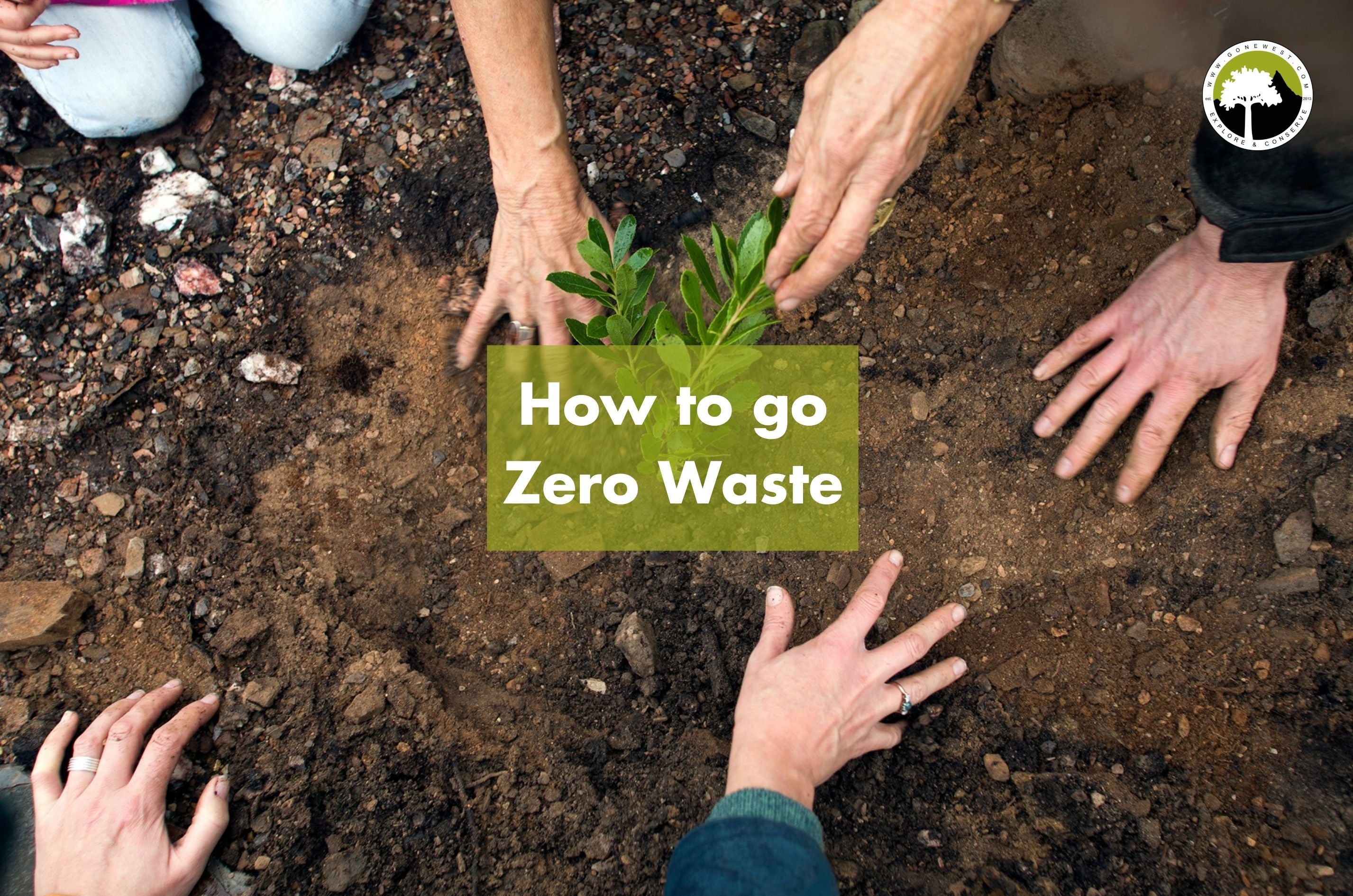I joined Americorps when I was 18 years old. Fresh out of highschool and hungry as hell for some adventure. The idea of traveling around the country doing community service with a team of strangers seemed to fit the bill. Naturally I got way more than I bargained for – an adventure that’s lasted over 10 years now.
Instead of going off to join the ranks of academics I found myself helping rebuild the sunken city of New Orleans, working aside other young people from around the country, and gathering life-changing stories from the locals. These experiences were invaluable, in part because I was being paid something like 1.50 an hour, and had to make the most of the non-monetary stuff: like discovering I could work 60 hours a week, spend 6 days in a van, run a mile in under 5 minutes and use a camera to help people share their stories. This knowledge pretty much obliterated my future academic career and made way for countless opportunities, but one stands above the rest… bringing back the Tree Army.
The ‘Tree Army’ was a nickname given to the Civilian Community Corps, the grandparent to Americorps. This was FDR’s down-to-earth solution to help America dig it’s way out of the Great Depression, creating millions of jobs to protect the countries natural treasures. That was in 1933.
“By 1942, the 3.4 million participants in “Roosevelt’s Tree Army” had planted more than three billion trees, built hundreds of parks and wildlife refuges and completed thousands of miles of trails and roads.”
Nearly 100 years later the world is facing it’s next “Great” crisis. You all know what I’m talking about. The United States are a prime example of how devistating it will prove to be for the next generation..
“In 1933, when President Franklin Roosevelt created the C.C.C., he was facing, as we are today, the possibility of a lost generation of young people. Nearly 7.7 million American workers younger than 30 are now unemployed and three million dropped out of the labor force in the past month. Combined that’s nearly one in three young workers, by far the highest rate since the country started tracking unemployment by age in 1948.”
When I joined Gone West I had about 50 dollars in my bank account – due to a 2 year gallivant around the world. I had also just been released from a UK detention center over some disagreement on my immigration rights. No regrets, but I was in pretty desperate need of employment.
I had been working for myself for most of my 20’s and the idea of working a regular job was un-thinkable.. but planting trees and helping the planet to put money in my own pocket struck me as pure genius. I would not be lost. I would just have Gone West.
So it began, the mission to show people how Tree Planting can be the best job in the world, and the best one for the planet.
I shot most of the photos and videos you see on Gone West while working shoulder to shoulder with the planters, an incredible band of young people from around the world. I’ve loved living the life of a planter and I’ve been toiling to make it a possibility, especially now.
“Smart investments in natural solutions could create millions of immediate jobs for the demographic groups and regions acutely affected by the downturn.”
It’s been proved already, and now it matters more than ever. The new ‘Tree Army’ save the next generation and also their planet.
So far Gone West has employed over 150 young people from all backgrounds, as a totally self-funded, DIY type organisation. With the backing of support from both the private and public sector we can add some decimal points to that number.
The first major step in making this a reality has been a campaign called ‘Acorns to Oaks’ which we’ve pioneered with Prince’s Trust. A way to support young people during this crisis and beyond, by saving trees. This campaign can be the foundation of a new ‘Tree Army’, not just in the UK or the US, but world wide.
It sounds pretty lofty, but for me it’s just logical. Rather than spending trillions of dollars trying to defend bad social and economic policies, let’s use a little bit of that money to make a huge difference, in a way where every tree can help an individual person and the planet, all at once.
Okay, that’s my piece for the day. Thanks for reading.
And thank you to Collin O’Mera who wrote that incredibly timely article in the New York Times.
Mr. O’Mera is also the CEO of the National Wildlife Foundation and a former particpant in Americorps VISTA program.
Stay in the loop







